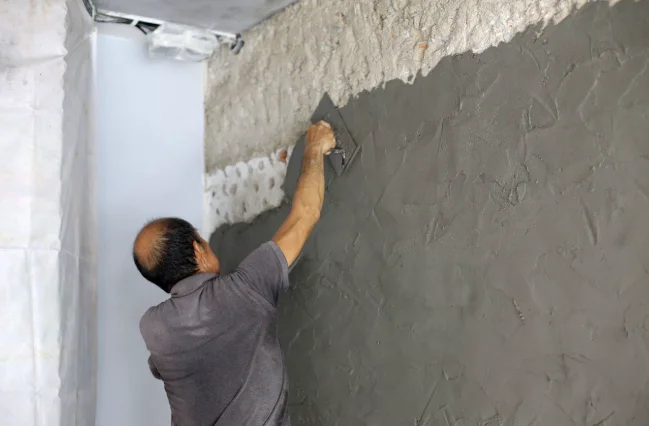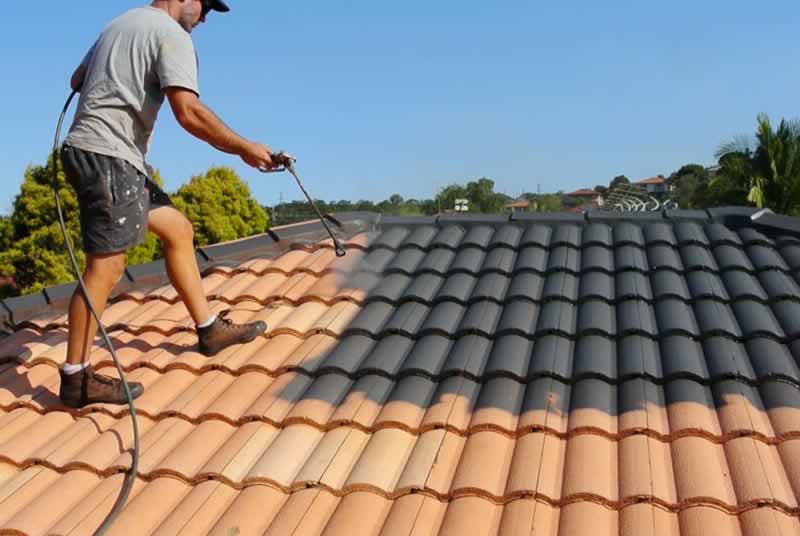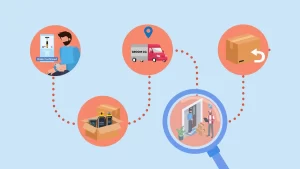Radon Testing: Essential Information for Homeowners
Radon can be a silent danger that homeowners are unaware of. It poses serious health risks when left unchecked. Known as a colorless and odorless gas that can seep through foundation cracks, radon accumulates to dangerous levels with time. It is important to understand the importance of radon tests in order to ensure the safety and wellbeing of your family. This blog post provides homeowners with essential information about radon tests, including the dangers and testing process. It also explains how to protect yourself and your family.
Radon: What is it and What are its risks?
Every homeowner must understand radon, its dangers and how to protect themselves. Radon is an naturally occurring radioactive substance that results from the decaying uranium found in soil, rocks, and water. It can seep in through foundation cracks, joints and water sources. Radon is invisible and odorless. It can’t be detected without special equipment. Many are not aware of the danger it poses. It is important to understand that radon can have a significant impact on the indoor air quality of a home, increasing health risks with time.
Long-term exposure to radon is a serious health risk, especially in terms of lung cancer. According to the EPA radon gas is responsible for 21,000 lung cancer-related deaths in the United States each year. Smokers exposed to radon are still at risk. Their chances of developing lung carcinoma is 7 out of 1,000 when the EPA action levels of 4 pCi/L are reached. The risk for smokers is much higher. Everyone is affected by long-term radon, no matter their age or lifestyle. Even short exposures to homes with high levels of radon can have serious health consequences.
Why and When should you Test for Radon?
Radon Testing is essential when buying or selling a house. To avoid inheriting any potential problems, buyers should ask for a radon testing as part of the home inspection. Sellers can use a low level of radon to attract buyers and reassure them about the safety of their home. If you have recently undergone structural changes such as remodeling or adding a basement to your home, or upgraded your HVAC system, then it is important to perform a Radon Testing House in order to make sure that these changes did not increase radon levels. As part of regular home maintenance, it is also recommended to conduct periodic testing, since radon levels are subject to change due soil conditions or other environmental factors.
Visual inspections are not enough to identify radon. As radon has no odor, taste, or appearance, it can easily infiltrate your home. Visual assessments alone can give a false impression of security. Home inspection can help. It takes specialized equipment to accurately detect and measure the radon levels in your home. This will give you a complete understanding of its health. This is like having an invisible guard dog in your house, allowing you to take action and make sure you are safe.
Radon Test Your Home
Let’s first break down the best way to test your home for radon. Decide whether you’re going to use a long-term or short-term test kit. Most radon kits measure levels of radon over a two to seven-day period. They are useful if you want to get results quickly, such as during a real-estate transaction. They may not give a complete picture of the average radon level in your home. Long-term kits, on the other hand measure levels over a period of more than 90-days, giving a better picture of your radon exposure throughout the year. You can find both types of kits at your local home improvement store or online. Each kit includes detailed instructions that will guide you through the entire process.
It is important to choose the correct location for your radon testing kit. This will ensure accurate results. Place the test kit at the lowest living area in your home. This could be a basement, or a room on the ground floor that is frequently used. Place the test kit at least 20 inches off the ground and away from any exterior walls, windows or openings. Also, keep it away from areas with high humidity, such as bathrooms or kitchens. Tests should not be conducted in adverse weather conditions, or at extreme temperatures. These can affect the results. Close all windows and doors except for the normal entrance and exit. This should be done at least 12 hour before the test and during it.
Radon issues: Mitigation and Prevention
Understanding the steps to take immediately if you have high radon levels in your home is key to tackling radon problems effectively. If your radon levels are at or above four pCi/L (or higher), the EPA suggests taking immediate action to reduce radon. Sub-slab depressurization is a common method that involves inserting a tube through the foundation slab and into the soil underneath the home. The pipe is connected to a system of fans that draws the radon from underneath the slab, and vents it above the roofline.
Preventive measures are a great way to reduce radon levels. Improve ventilation, especially in areas lower than the ceiling like basements or crawl spaces. By introducing fresh indoor air and removing it, a mechanical ventilation can help reduce radon levels. Sealing any cracks or gaps in your foundation and walls that could allow radon to enter is another preventive measure. Included in this are areas around pipes, utility lines and construction joints.
It is important to select a qualified mitigation contractor in order to achieve reliable and effective results. Look for certifications from the National Radon Proficiency Program or the National Radon Safety Board when choosing a contractor. These organizations are the industry standard for radon professionals.
Conclusion
Radon lurks in many homes as a silent danger. It is a radioactive cancer-causing gas that cannot be detected by sight, taste or smell. However, it can pose a serious health risk. The Surgeon General states that radon is currently the second most common cause of lung cancer among Americans. Due to its invisibility and odorlessness, radon can enter homes without the homeowners being aware. If radon levels are not tested and mitigated, they can reach dangerous levels. This puts occupants, who have never smoked, at risk for lung cancer.
Trust is a key factor in comprehensive home inspections. Hrs Inspections is proud to offer Radon Testing as well as a comprehensive assessment of your home. We leave no stone unturned. Making informed decisions is important to protect your family’s well-being and health.
Do not leave it to chance. We are the premier provider of Radon Inspection in Raleigh NC, and its surrounding areas. We stand by our commitments to quality and education. Are you ready to take the next steps towards a safer environment at home? You can ensure that you and your family are safe by taking proactive measures today. We can work together to make sure that the home you call yours is a place of comfort and safety.








Post Comment